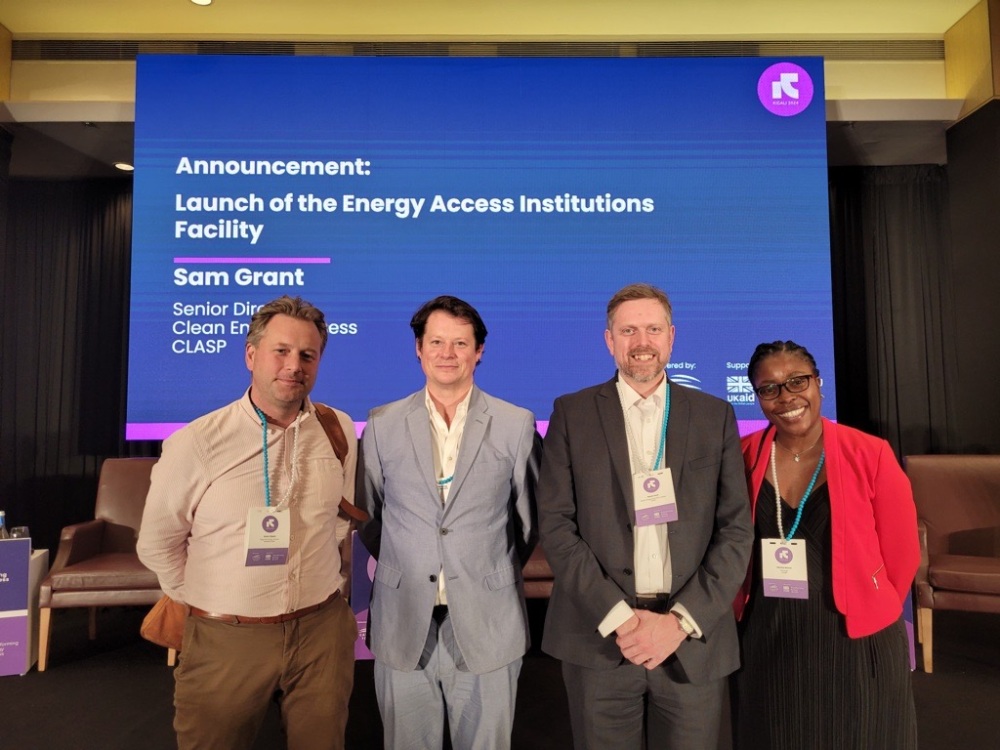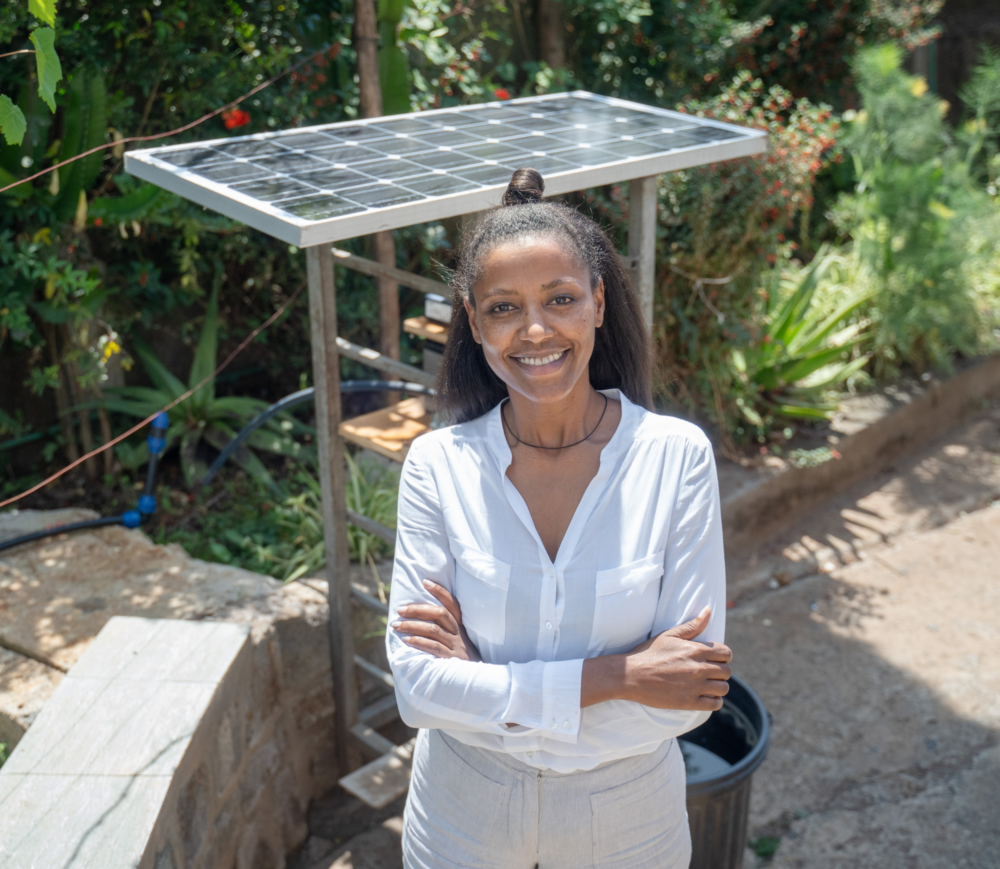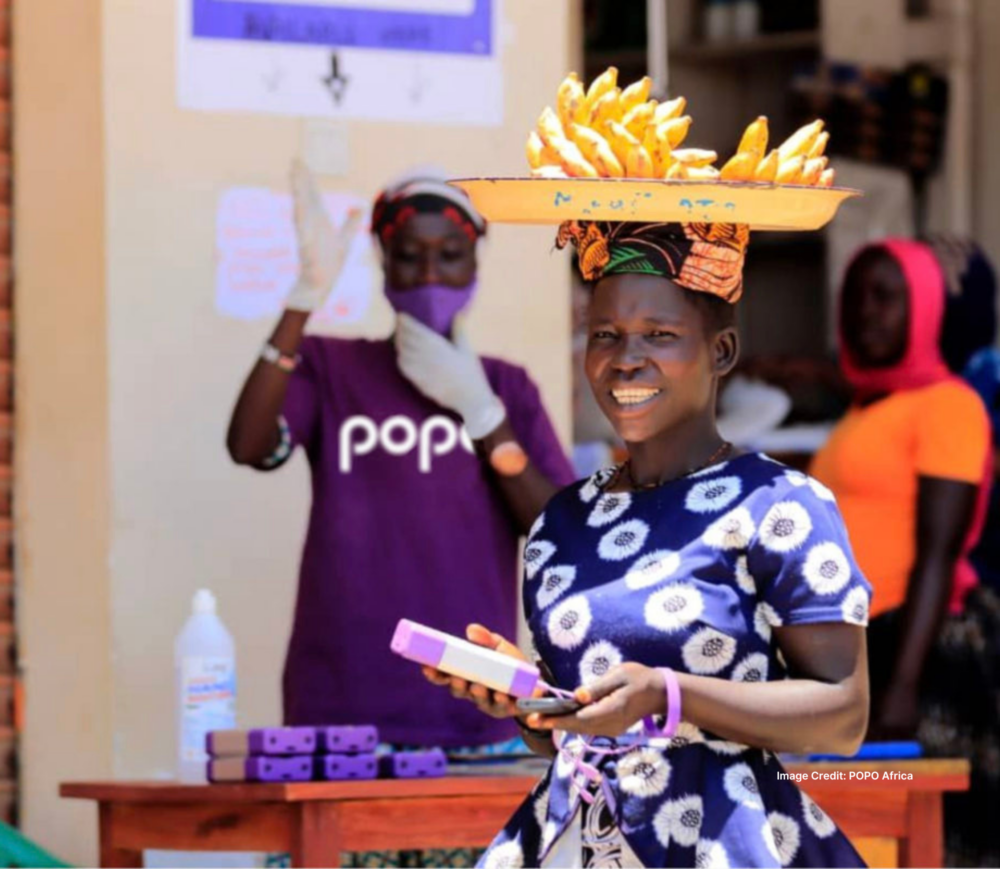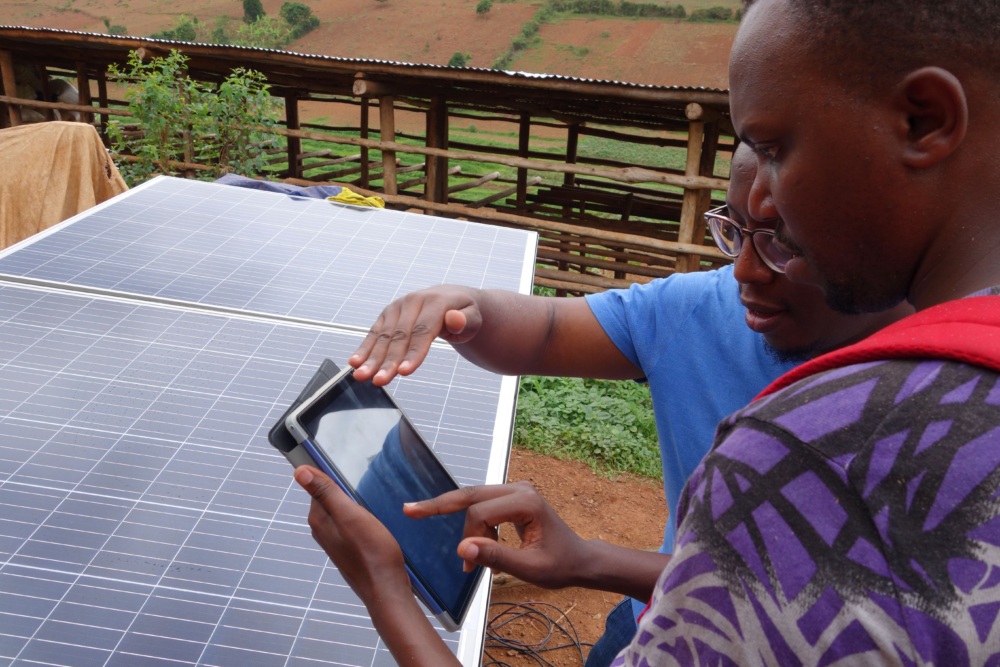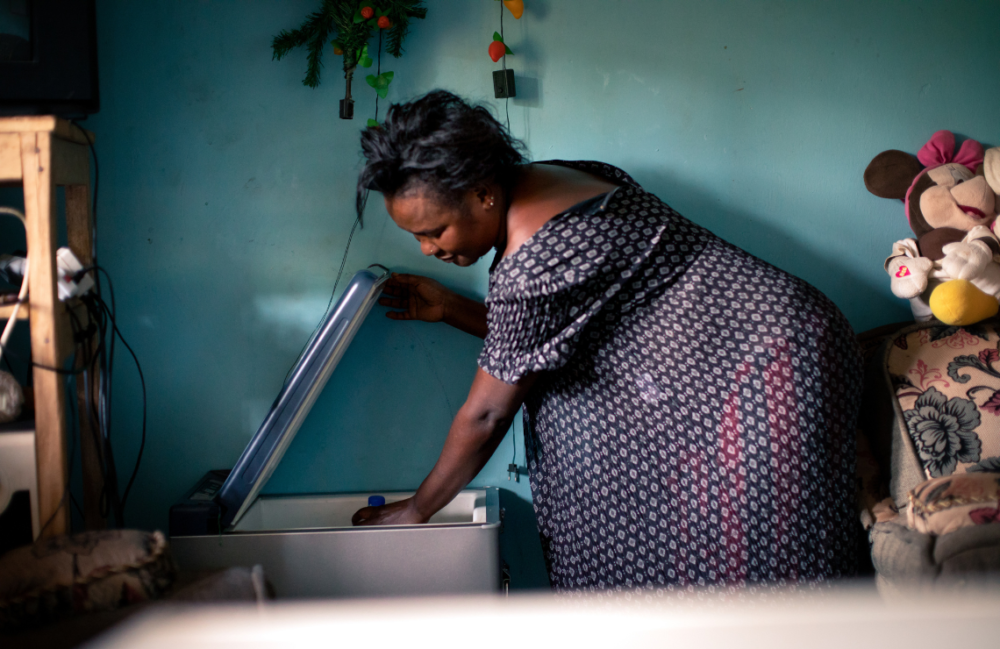EA+EE: Using Energy Efficiency to Enhance Energy Access
CLASP’s Clean Energy Access program focuses on leveraging energy efficiency to improve and accelerate the affordability, and social and environmental benefits, of access to clean energy throughout the developing world.
More than 1.2 billion people around the globe lack access to electricity, and another billion suffer from unreliable access. Energy poverty is all too common among the world’s poorest 4 billion people and the costly, dirty fuels (e.g. kerosene, charcoal, and diesel) typically used by energy poor Base of the Economic Pyramid (BoP) consumers to meet daily needs have major negative health, environmental, and financial consequences, greatly exacerbating their already precarious socioeconomic status.
Energy efficiency (EE) is a powerful, regularly overlooked driver of energy access (EA)—and it has the potential to fundamentally reshape and accelerate global efforts to deliver clean, modern energy services to the world’s poorest communities. CLASP’s Clean Energy Access program focuses on leveraging energy efficiency to improve and accelerate the affordability, and social and environmental benefits, of access to clean energy throughout the developing world.
Why Energy Access?
According to the International Energy Agency, access to energy “plays a strong role in poverty eradication, reducing infant mortality, improving education, ameliorating gender inequality, attaining environmental sustainability, and accelerating global economic growth and prosperity.”
The technologies and systems needed to provide energy poor BoP consumers with access to many modern energy services exist, and include grid extension, generators, solar home systems (SHSs), small wind turbine systems (WTSs) and renewable mini-/ micro-grids. These technologies provide life-changing energy services while displacing pre-modern fuels and greatly reducing their social and environmental impacts.
The challenge of EA is not that we need new technologies—the challenge of EA lies in delivering existing technologies to underserved BoP markets reliably and affordably.
Why Energy Efficiency?
Energy service— not energy supply—is what accomplishes the goals of energy access. Energy efficiency can maximize the delivery of modern energy services while minimizing the financial, social, and environmental costs of energy supply.
In nearly any context, EE can greatly amplify and accelerate the impacts of EA. In un-electrified rural or peri-urban regions, distributed (“off-grid”) energy technologies offer cost-effective, reliable modern energy services that improve quality of life, displace pre-modern fuels, and drive socioeconomic development. In under-electrified regions – where households and businesses are unable to get adequate energy service due to high costs, energy generation shortfalls, or other market failures – grid extension, increased supply, pricing / tariff reforms, and other energy sector enhancements are reliable interventions, while off-grid technologies can serve as an important stop-gap for consumers awaiting the benefits of these interventions.
Energy efficiency maximizes the delivery and utility of energy service while minimizing the costs and negative social and environmental impacts of new and existing energy supply. As such, EE is an enormously potent tool in efforts to deliver modern clean energy services—and the resulting improvements to quality of life—to the billions of energy poor people around the world.
Smart use of energy efficiency minimizes the financial, social, and environmental costs of energy services, transforms clean energy access markets, and drives global development impacts. Our global partners – such as the World Bank Group’s Lighting Global program, the Clean Energy Ministerial, and Sustainable Energy for All – agree.
CLASP’s Clean Energy Access program – and our partners – work in collaboration with industry, governments, multilateral institutions, and other stakeholders to develop innovative programs and theories of change, conduct research, disseminate best practices, and implement for maximum impacts.

